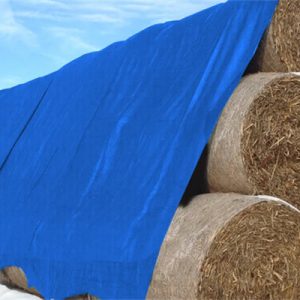
# Lumber Tarp: Essential Protection for Your Wood Products
## Why Lumber Tarps Are a Must-Have for Wood Protection
When it comes to protecting your valuable wood products, lumber tarps offer an essential solution. These durable coverings shield your lumber from the elements, preventing damage from rain, snow, UV rays, and other environmental factors that can degrade wood quality over time.
Whether you’re a professional contractor, lumberyard owner, or DIY enthusiast, investing in quality lumber tarps can save you significant money by extending the lifespan of your wood materials. The right tarp can mean the difference between perfectly preserved lumber and warped, cracked, or moldy wood that’s no longer suitable for your projects.
## Key Features of High-Quality Lumber Tarps
Not all tarps are created equal when it comes to protecting lumber. Here are the essential features to look for:
– Heavy-duty material (typically polyethylene or canvas)
– UV-resistant coating
– Reinforced edges and grommets
– Waterproof or water-resistant properties
– Appropriate size for your lumber stacks
– Tear-resistant construction
## Choosing the Right Lumber Tarp for Your Needs
Selecting the perfect lumber tarp depends on several factors:
### 1. Material Considerations
Polyethylene tarps offer excellent waterproofing and UV protection at an affordable price, making them ideal for most lumber storage situations. Canvas tarps, while more expensive, provide superior breathability, which can be beneficial in certain climates to prevent condensation buildup.
### 2. Size Matters
Measure your lumber stacks carefully before purchasing. Your tarp should extend at least 12 inches beyond the edges of your wood pile on all sides to ensure complete coverage. Consider whether you need a single large tarp or multiple smaller ones for different stacks.
### 3. Climate Factors
If you’re in an area with heavy snowfall, look for tarps with reinforced centers to withstand snow accumulation. For windy locations, choose tarps with extra grommets and reinforced edges for secure tie-downs.
## Proper Installation Techniques
Simply throwing a tarp over your lumber isn’t enough for optimal protection. Follow these best practices:
– Ensure the wood is dry before covering
– Create a slight slope in your tarp to encourage water runoff
– Secure all edges tightly to prevent wind from getting underneath
– Use bungee cords or rope through all grommets for even tension
– Leave some air space between the tarp and wood for ventilation
## Maintenance and Care Tips
To maximize the lifespan of your lumber tarp:
– Clean regularly with mild soap and water
– Dry completely before folding for storage
– Inspect for tears or weak spots after severe weather
– Store in a dry, rodent-free area when not in use
– Avoid dragging the tarp across rough surfaces
## Cost vs. Value: Why Quality Matters
While it might be tempting to purchase the cheapest tarp available, investing in a high-quality lumber tarp pays off in the long run. A premium tarp can last 3-5 times longer than budget options, providing better protection for your valuable wood products throughout its lifespan.
Consider the cost of replacing damaged lumber versus the relatively small investment in a quality tarp – the math quickly favors spending a little more upfront for superior protection.
Keyword: Lumber Tarp
## Specialty Lumber Tarp Options
For specific needs, consider these specialized options:
– Fire-retardant tarps for added safety
– Breathable mesh tarps for long-term outdoor storage
– Custom-sized tarps for unique lumber configurations
– Camouflage or colored tarps for aesthetic considerations
– Insulated tarps for extreme temperature protection
## Environmental Considerations
Many modern lumber tarps are made from recyclable materials, and some manufacturers offer recycling programs for worn-out tarps. When your tarp reaches the end of its useful life, explore these eco-friendly disposal options rather than sending it to a